Socks Around the World: Unique Customs and Traditions
- What is the cultural significance of socks in different societies?
- Which countries have unique sock traditions?
- How have socks influenced global fashion?
- Are there any unusual sock customs?
- Why are hand-knitted socks significant in some cultures?
- How do socks reflect personal style?
- What are the benefits of wearing culturally-inspired socks?
Key Takeaways
- Socks have a vibrant cultural history. They have shifted from useful objects to potent emblems of prestige, character, and vogue in cultures all over the world.
- Traditional sock designs, such as Japan’s split-toe tabi or Scotland’s tartan-patterned kilt socks, highlight rich histories and reflect regional craftsmanship and heritage.
- Current trends, such as novelty socks and minimalist socks, demonstrate how self-expression and cultural values shaped by globalisation and societal change are manifest through fashion.
- Local sock customs are crucial to international religious practices and tale-telling via designs. They’re an important reminder about the need to preserve oral traditions and cultural narratives.
- Partnerships between designers and skilled artisans are making it possible to reinterpret traditional sock designs in modern ways without compromising cultural relevance.
- Sustainable production practices and use of organic materials are emerging as major trends in the sock manufacturing industry, promoting responsible consumption and environmental stewardship.

Socks around the world exhibit an amazing range of form, function, artistry, and cultural importance. From intricate hand-knitted wool socks in Scandinavia to lightweight bamboo designs in Asia, each region reflects its climate, traditions, and innovation through these everyday essentials.
In South America, alpaca fiber socks are highly valued for their insulating and soft qualities, making them ideal for temperatures that are cooler. In contrast, Europe rejoices in the half-way point between style and utility, with bright colors, psychedelic patterns, and high-thread-count cotton ruling the industry.
More than just practical to wear, socks are frequently narrative pieces that showcase pride in production, regional identity, and even eco-friendly methods. As practical garments, socks are not just foot coverings, but bring to our lives the ideas of comfort, fashion, and tradition.
They connect people across continents, merging universal usefulness with personal idiosyncrasy.
Cultural Significance of Socks
Socks, considered today as mere undergarments, have played a historically fascinating, culturally important, and artistically beautiful role throughout time and civilizations. Though socks were originally meant to be functional clothing, they have transformed into a mode of expression with tremendous fashion potential. Their metamorphosis uncovers rich layers of significance regarding our society’s values and traditions.
Historical Role of Socks in Society
Socks have been around since the earliest civilizations, often made from leather and forgoing aesthetic value in favor of practicality. In ancient Greece, “piloi” were made from felted animal fur, providing insulation and covering. Just like those in medieval Europe, where each monk would adorn their feet with woolen or leather “puttees”, representing purity and devotion.
Socks soon made a shift from practical item to fashion accessory. During the Renaissance silk stockings became fashionable, denoting wealth and status for European elites. The Victorian era brought more elaborate patterns and lace designs, heralding the dawn of socks as fashion accessories.
The impact of wars on sock design was significant. Wars created a need for the durable materials that were used during the World Wars - helping to protect soldiers - was prioritized.
Symbolism of Socks in Different Cultures
Socks have been used as markers of identity and status. In Japan, the slight space between shoes and pants makes a strong statement about a person’s fashion sense. This is why buying the right socks matters. Even traditional Japanese socks, such as “tabi” which are worn with kimonos, mix cultural heritage with modern aesthetics.
In the UK, sock colours are said to represent certain personality traits - red for charisma, yellow for humour, and blue for reliability. Across cultures, socks carry symbolic meanings: during Christmas, they are holiday staples, while in folklore, they embody purity or social standing.
- Ancient Greece: Piloi symbolised warmth and utility.
- Medieval Europe: Puttees reflected religious devotion.
- UK: Socks reflect personality through colours.
- Japan: Socks highlight personal style and tradition.
Modern Trends Reflecting Cultural Values
Today, socks have become true platforms for creativity and self-expression. The popularity of the novelty sock - those loud, printed, themed, or politically charged socks - reflects this narrative of self-determination.
In Japan, socks worn with kimono reveal the interplay between heritage and contemporary fashion. Globalization has accelerated the pace and nature of cultural exchanges, with cultural movements such as the colourful styles inspired by strong African textiles now dominating the catwalks.
Moreover, practical habits vary globally. Italians, for instance, change socks multiple times a day, while Germans, owning an average of 24 pairs, emphasis variety and longevity.
Sock Traditions Around the World
Socks are more than just a utilitarian piece of clothing. They represent narratives, ceremonies, and craftsmanship that reflect the vibrancy of various cultures worldwide. One common thread we’ve seen though is that each country’s approach to sock-making is informed by their history, geography, and culture.
Below, we look at just a few remarkable examples of sock traditions, illuminating their cultural impacts and craftsmanship.
1. Tabi Socks in Japanese Culture
Tabi socks are instantly recognizable for their distinctive split-toe design. This unique feature makes them ideal for pairing with traditional Japanese footwear like geta and zori. This construction guarantees a perfect fit and highlights the beauty of kimonos.
Tabi socks are usually designed in neutral or muted tones to complement the overall balance of an outfit. Their practicality is most evident in martial arts and tea ceremonies. In these activities, precision and comfort are key, pointing to their significance in cultural traditions and everyday life.
2. British Sock Styles: Elegance and Functionality
Socks are one of those UK traditions where luxury and functionality are married in a beautiful legacy. Luxury socks made from cashmere or merino wool embody British sophistication, with craftsmen paying attention to craftsmanship and craftsmanship.

Rural communities prize hand-knit wool socks for their long-lasting nature, which once sustained rustic, hard-working lives. Both styles are a celebration of British creativity and craftsmanship.
3. Minimalist Approach to Socks in France
French sock culture tends more toward the understandably sophisticated. Solid colours and fine fabrics are the norm, as these designs fit within the larger minimalist fashion aesthetic.
This unfussiness adds to the sophistication, no-fuss glamour we’ve come to love with the French aesthetic.
4. Scottish Kilt Socks and Tartan Patterns
Tartan-patterned kilt socks are an integral part of the Scottish regalia. Each pattern is unique to a person’s maternal clan and can provide clues to a family’s history.

Knee-high kilt socks, usually made of wool, are an important part of traditional Highland dress, representing both national pride and a rich cultural heritage.
5. Norwegian Wool Socks and Folklore Stories
Warm, colourful wool socks in Norway are a winter staple, mixing practicality with the art of storytelling. Complex designs sometimes illustrate Nordic mythology, transforming quotidian objects into vessels of legends.

Passed down through generations, these socks further connect their wearers to their ancestry and shared history.
6. Indian Socks: Colours and Cultural Significance
Indian socks are particularly known for their bright colours and complex designs. These designs are rich in symbolic meaning, especially during religious rituals.
Her incorporation of bright, bold colours is an expression of happiness and celebration, amplifying cultural stories through this form of mobile art.
|
Sock Style |
Cultural Origin |
Key Features |
|
Tabi Socks |
Japan |
Split-toe design, traditional footwear pairing |
|
Luxury British Socks |
United Kingdom |
Fine fibres, artisan craftsmanship |
|
Minimalist French Socks |
France |
Solid colours, understated elegance |
|
Kilt Socks |
Scotland |
Knee-high, tartan patterns, clan identity |
|
Norwegian Wool Socks |
Norway |
Intricate patterns, Norse mythology stories |
|
Indian Colourful Socks |
India |
Vibrant colours, religious symbolism |
Unique Sock Practices and Customs
Socks are more than just pragmatic footwear items—they are deeply cultural and artistic representations in many regions. Their meanings can embody the soul of various civilizations and heritages. From spiritual practices to local artistry, socks have a rich heritage, connecting deeply with culture and identity in every corner of the globe.
Socks in Religious Ceremonies
Socks frequently play an important role in religious practices, representing purity, respect, or the link between heaven and earth. The use of white tabi socks in Japan extends to the symbolism behind them when worn during traditional Shinto ceremonies, embodying notions of purity and peace.
In Central Asia, beautifully patterned socks are exchanged during initiation ceremonies. These socks came to represent blessings and good fortune for the wearer.
Socks festivals celebrating them build national pride and identity. In Turkey, knitting socks is so popular that competitions are organized at local festivals, honoring the ancient tradition of handcrafted hosiery.
These unique sock practices unite people of all ages, overcoming generational divides, while beautifully displaying intricate patterns that pay tribute to local heritage. Socks, in all the above instances, are transformed into canvases for storytelling and cultural preservation.
Regional Sock-Making Techniques
Sock-making traditions differ considerably between areas, often dictated by available resources and history.
Socks are hand-knit using alpaca wool, prized for its softness and warmth. Woollen socks with intricate Nordic patterns are crafted using time-honoured knitting methods.
Artisans use cotton and silk blends, incorporating hand-embroidered designs. These techniques showcase the craft and imagination of the artists, making socks wearable masterpieces.
Festivals Celebrating Sock Designs
Iridescent sock executions have dominated runways, and even bright bold sock designs have been a mainstay of street style and high fashion. By combining socks of bold colours, prints, and textures with sandals or dress shoes, we’re intentionally designing jarring contrasts.
Inspired by the rise of social media and celebrity fashion, statement socks have come to represent uniqueness. Self-expression has made them a necessity.
The Influence of Socks on Fashion
Socks go beyond the merely practical or utilitarian. Now, they’re more of a wild card fashion trend that has the power to shape culture and style in unexpected ways. Through the decades, fashion has been a reflection of our times. From the daring flapper styles of the 1920s to the fun trends Gen Z is wearing today, fashion is always changing.
Social media platforms like TikTok and Instagram have accelerated this change. In doing so, they’ve made socks a pretty influential tool for self-expression and even a new status symbol. This final section explores the way in which socks both influence and are influenced by the current fashion landscape.
Socks as a Statement Accessory
Socks have become a new canvas for sustainability, as brands are doing their best to incorporate eco-friendly materials such as organic cotton and bamboo. Ethical manufacturing is becoming more common, with brands committing to fair labour practices and waste-free production.
UK brands including Thought and Bare Kind are leading the charge of a new wave of sustainable sock brands. They have an ability to create collections that just catch fire with these socially conscious consumers.
Today, consumer awareness about the environmental damage caused by sock production is at an all-time high. Consumers are increasingly conscious with their decisions, choosing sustainable products that don’t sacrifice style.
Novelty socks featuring unusual patterns and bold, eye-popping colours became hugely popular. They’re a canvas for self-expressive colour and print, and a vessel for sustainable, ethical production.
Integration of Traditional Designs in Modern Styles
Traditional sock patterns are being reinterpreted to bridge the past and the present. Partnerships between designers and local artisans help keep these designs true to their roots but still fresh to modern eyes.
Complex designs rooted in Nordic and Japanese traditions have found their way onto everyday clothing. This blend of old and new makes something very special.
Role of Socks in Sustainable Fashion Trends
This increase in crew sock styles, up 26% YOY, has proven the combination of sustainability and fashion is a force to be reckoned with. It’s no surprise that younger consumers are at the forefront of this trend, favouring eye-catching styles and favouring sustainable brands.
At Sock Geeks, we believe socks are more than simple accessories—they are storytelling canvases, woven with culture, comfort, and creativity. Our curated collections reflect inspirations from global traditions and modern fashion, offering high-quality socks that blend style and cultural significance. Whether you’re drawn to minimalist French designs or vibrant, statement socks, Sock Geeks delivers socks that celebrate individuality and heritage.
Conclusion
Socks are a surprisingly personal and intimate gift. They reflect, embody, and disseminate stories, traditions, and cultural meaning from around the world. Socks are an integral part of some beautiful traditions across the globe. They shape the fashion world often in unexpected ways. Exploring these traditions shows how something as simple as socks can unite people all over the world and represent one’s culture and heritage.
As we’ve learned in the sock world, it’s a wide and wonderful world out there, where utility meets magic and imagination. Whether it’s a vibrant aesthetic or a beautiful tradition, they demonstrate their worth far beyond utility.
So next time you put on a pair, pause to reflect on the international journey that brought them to you. There’s always more to explore. Keep an open ear for the stories that are in the threads of our daily lives.
Frequently Asked Questions
What is the cultural significance of socks in different societies?
Socks have long served to express warmth, protection, rank and status. In other cultures, they’re tied to hospitality, tradition, or ritual. Their meaning can be quite different based on the area and its traditions.
Which countries have unique sock traditions?
Other countries such as Japan, Turkey and Norway have rich sock traditions. Japan’s tabi socks have a split-toe design, which makes them ideal for wearing with traditional Japanese sandals. Norway is famous for its stunning, complex hand-knitted patterns.
How have socks influenced global fashion?
In recent years, socks have gone from being just a functional accessory to a true fashion statement. Bold patterns, luxury silk materials, and exciting designer collaborations have made them the ultimate accessory in chic, street style all over the world.
Are there any unusual sock customs?
No, other cultures do not have abnormal sock practices. In South Korea, it is traditional to gift socks. In Eastern European cultures, socks are frequently a part of wedding traditions or family heirlooms.
Why are hand-knitted socks significant in some cultures?
Hand-knitted socks are treasured tokens of love and good fortune. In places such as Iceland, they symbolize history, artistry, and a spirit of belonging that has made them treasured possessions.
How do socks reflect personal style?
Socks allow people to showcase their unique personality and flair through fun patterns, colours and materials. From silly patterns to high-end silk materials, they provide a discrete but significant form of self-expression.
What are the benefits of wearing culturally-inspired socks?
Culturally-inspired socks bring tradition to the modern runway. As important cultural resources, they save heritage, creating jobs for local artisans. These magical elements infuse a magical touch into any outfit, making it look both meaningful and stylish.




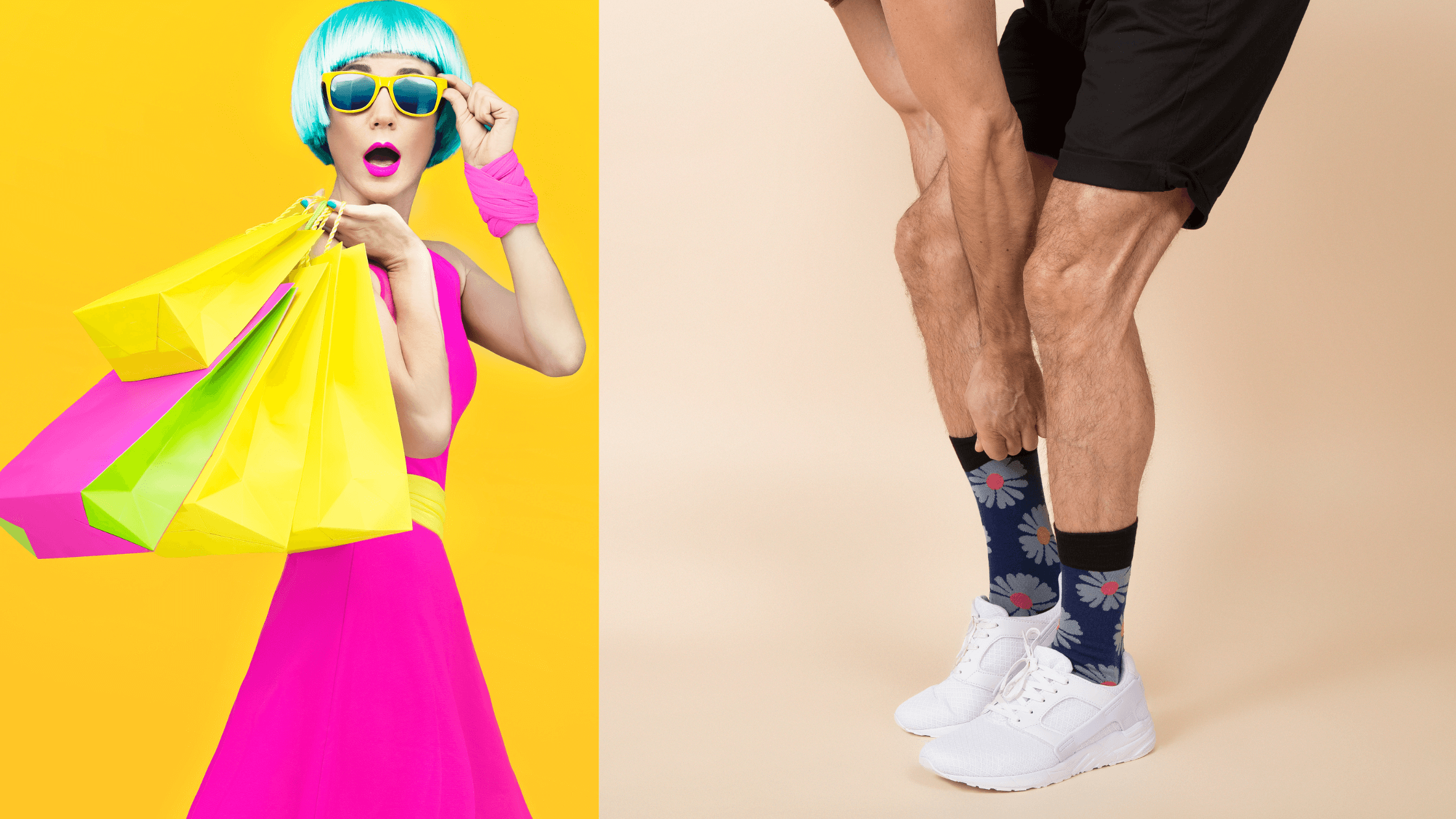
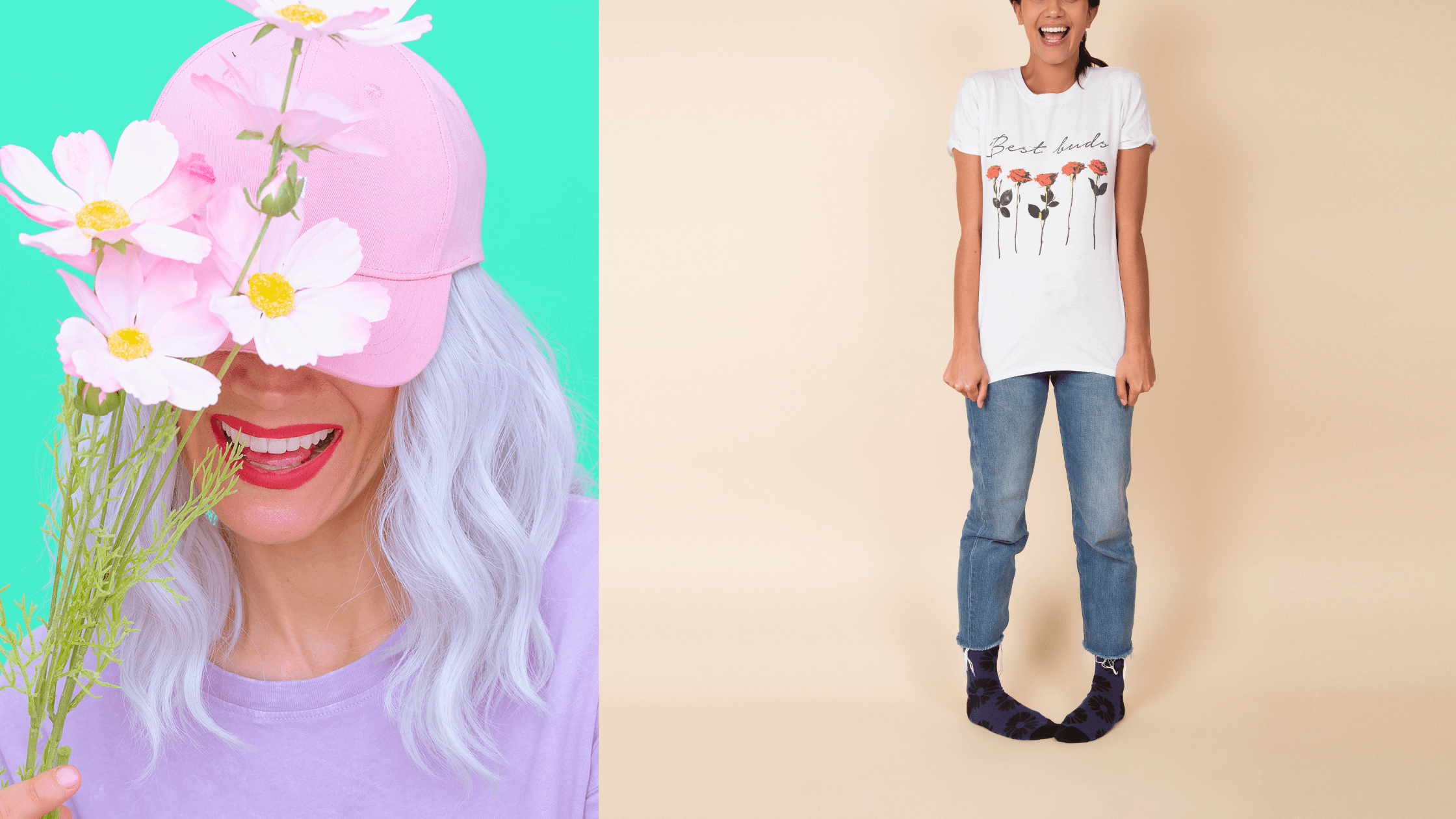


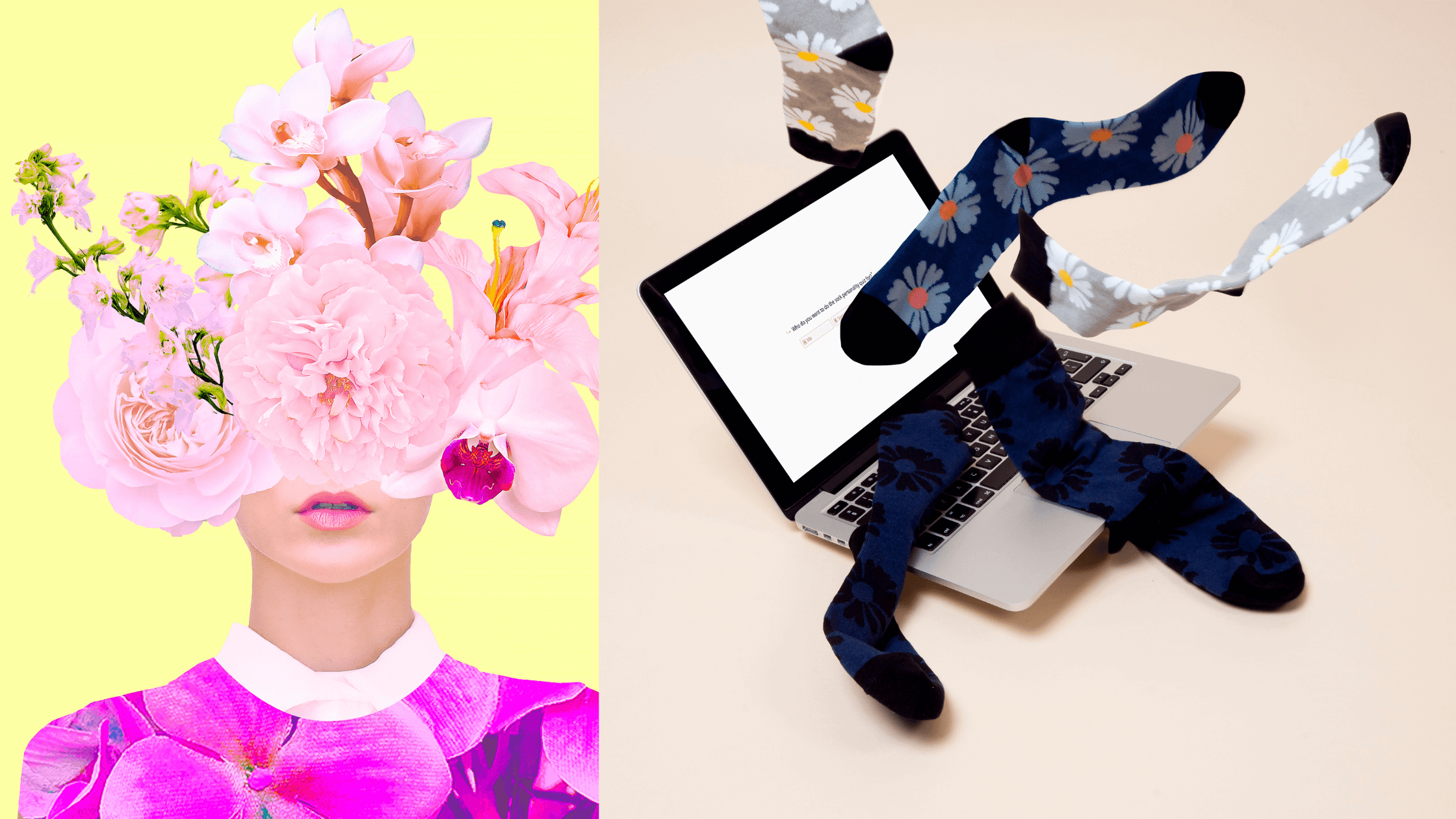




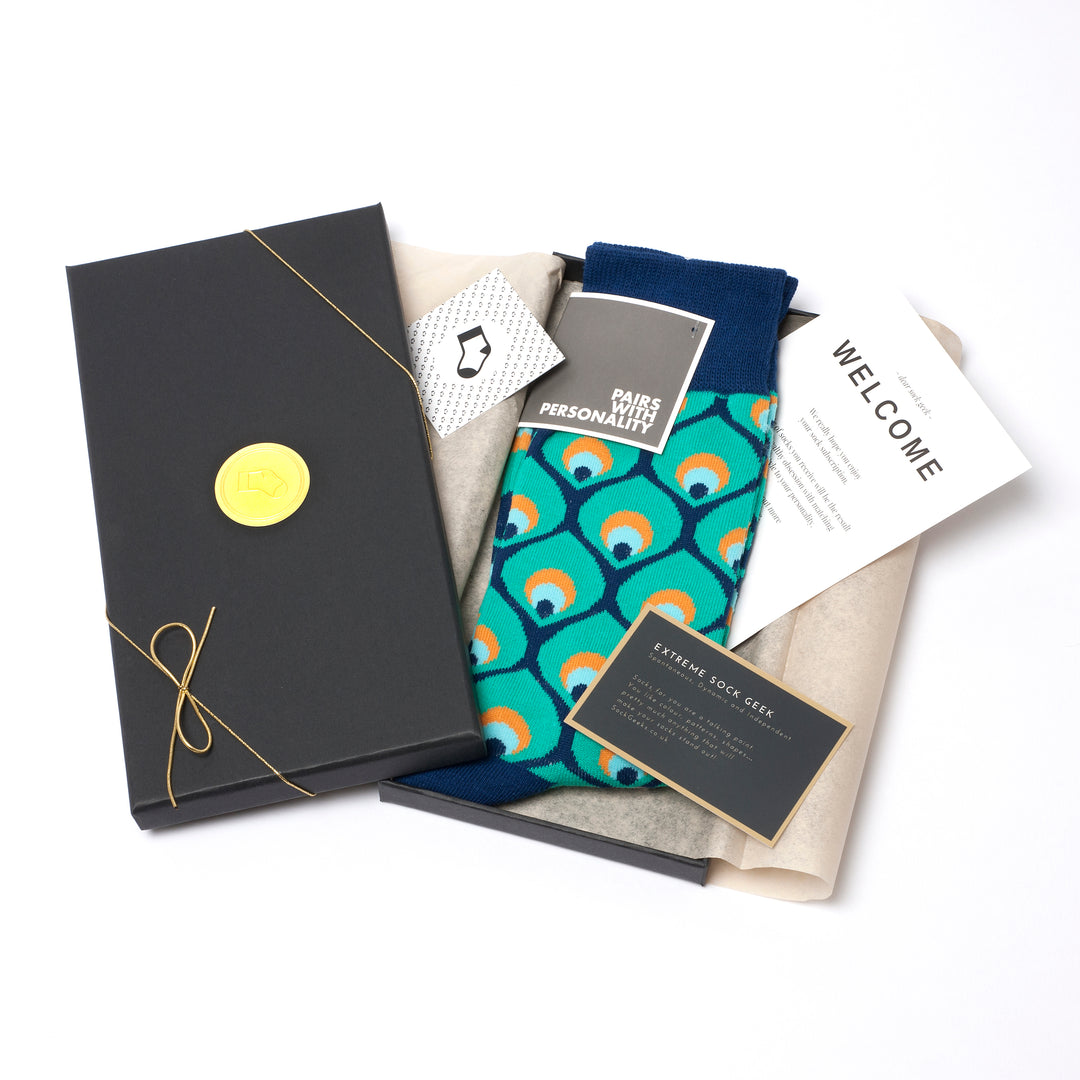

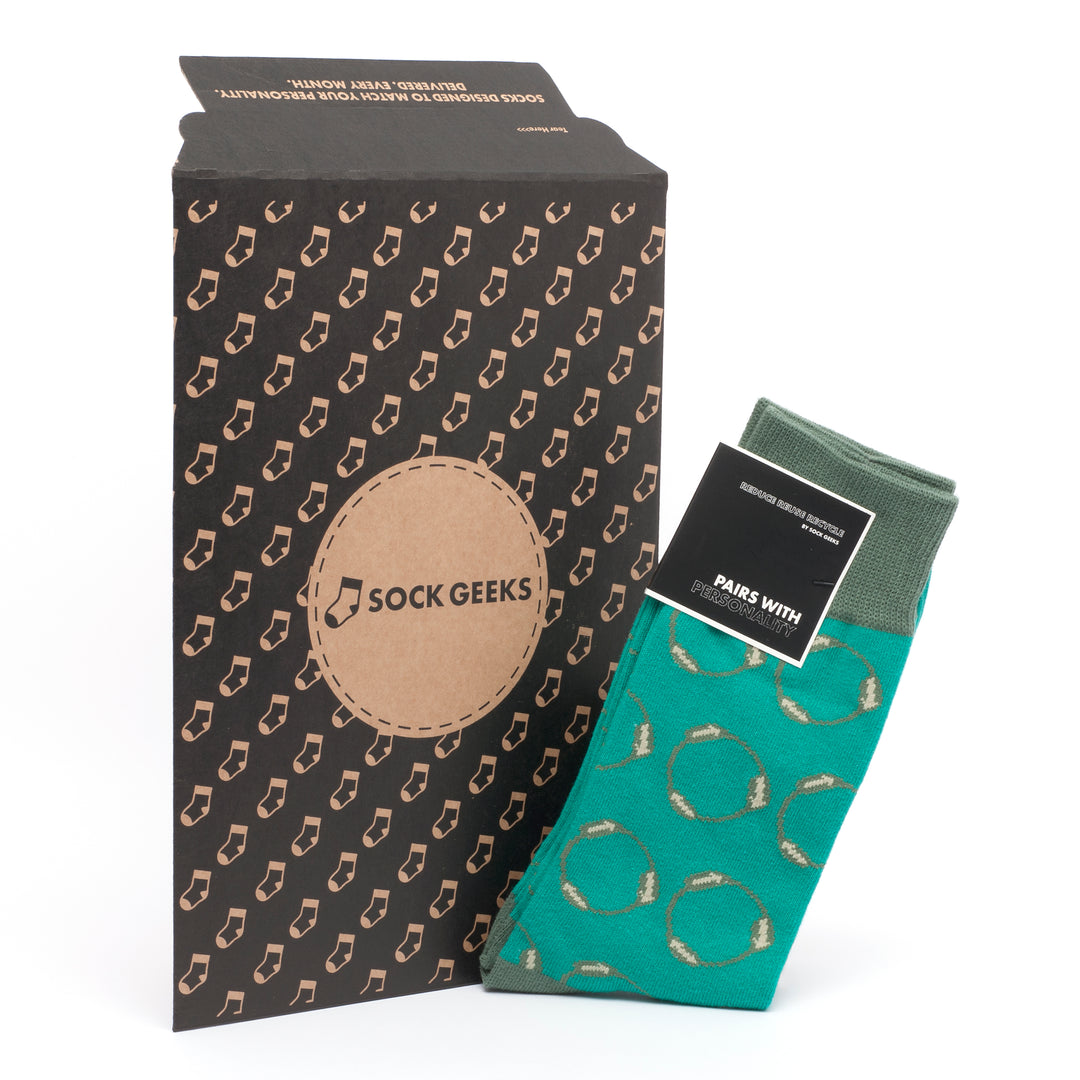
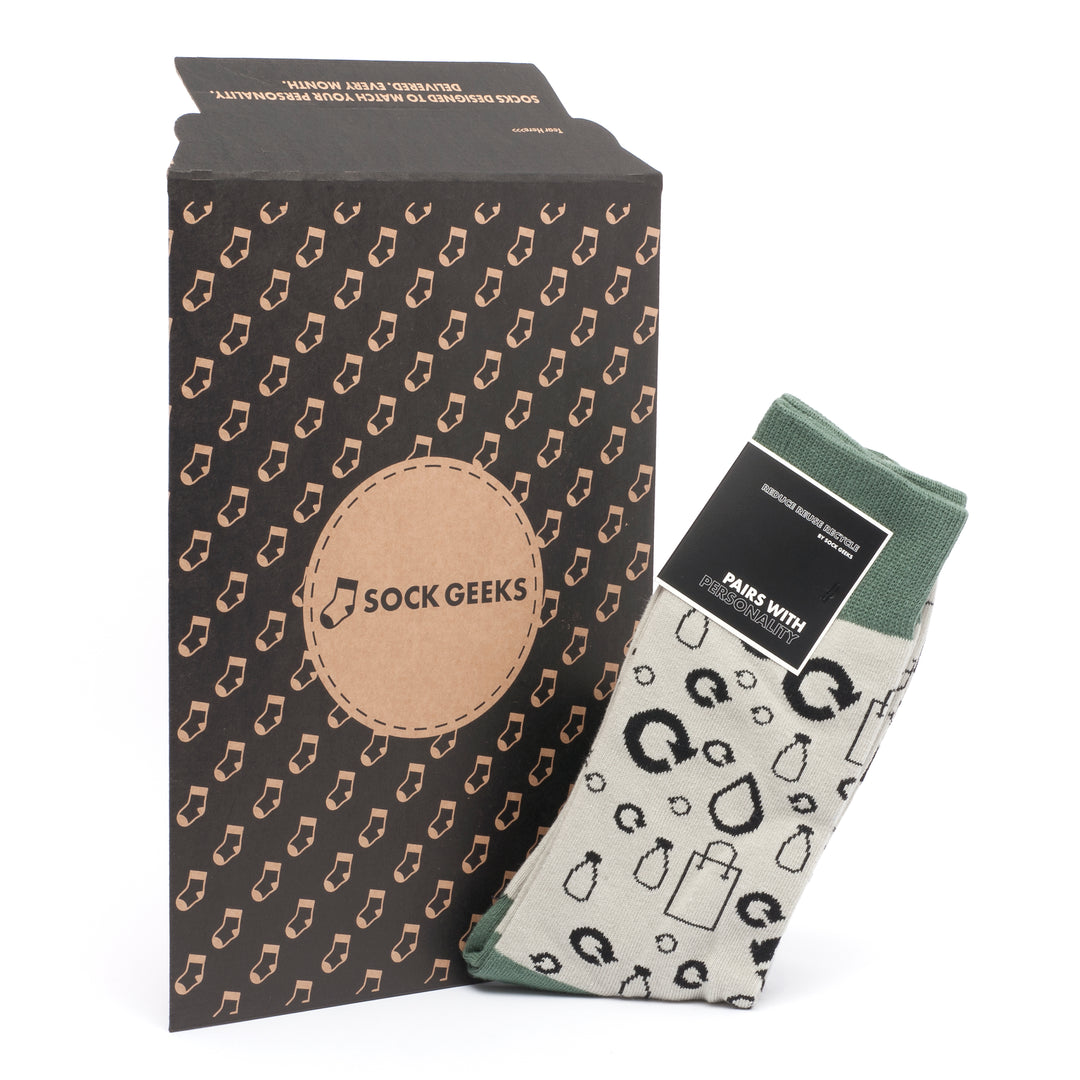



Leave a comment